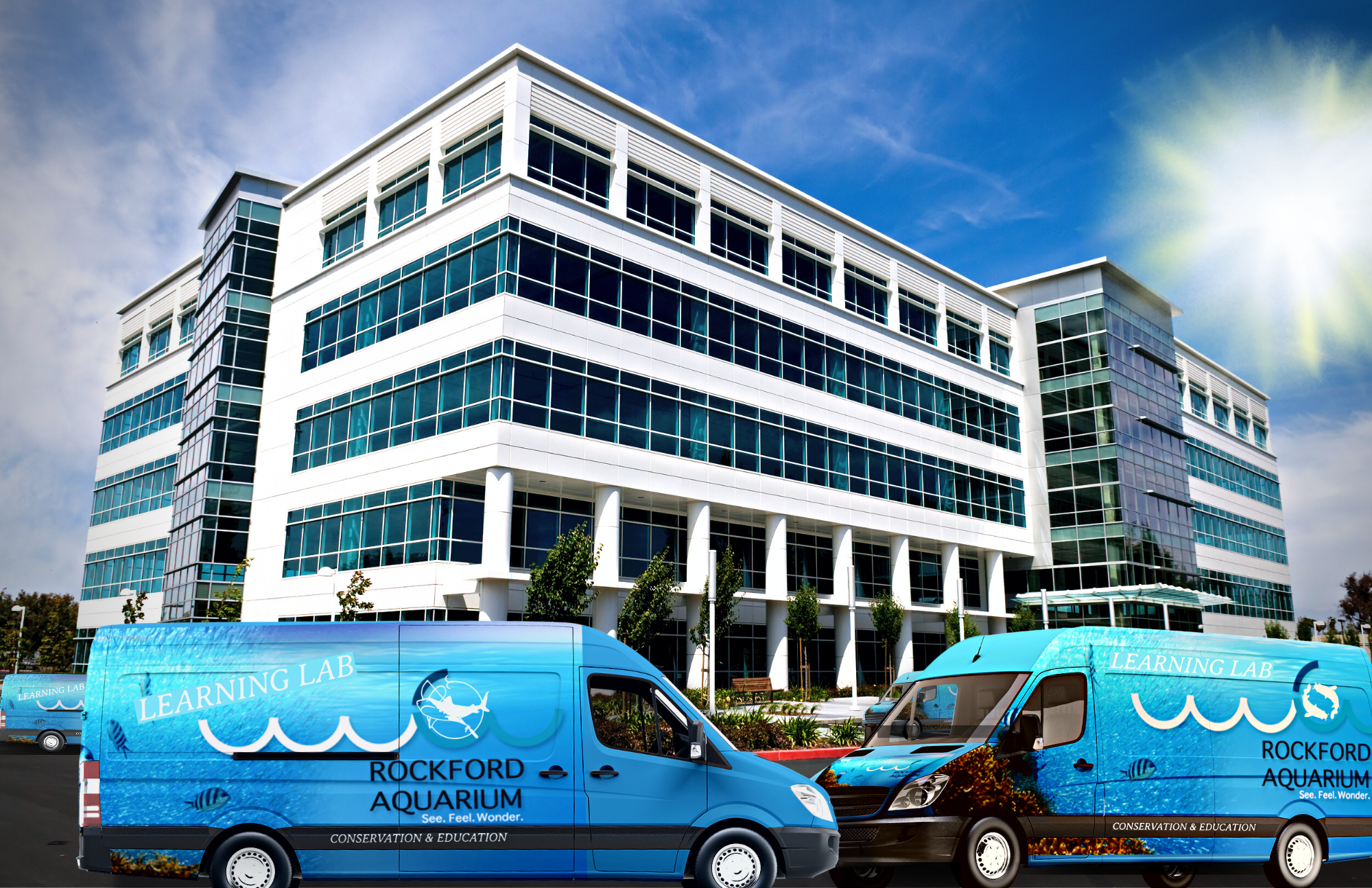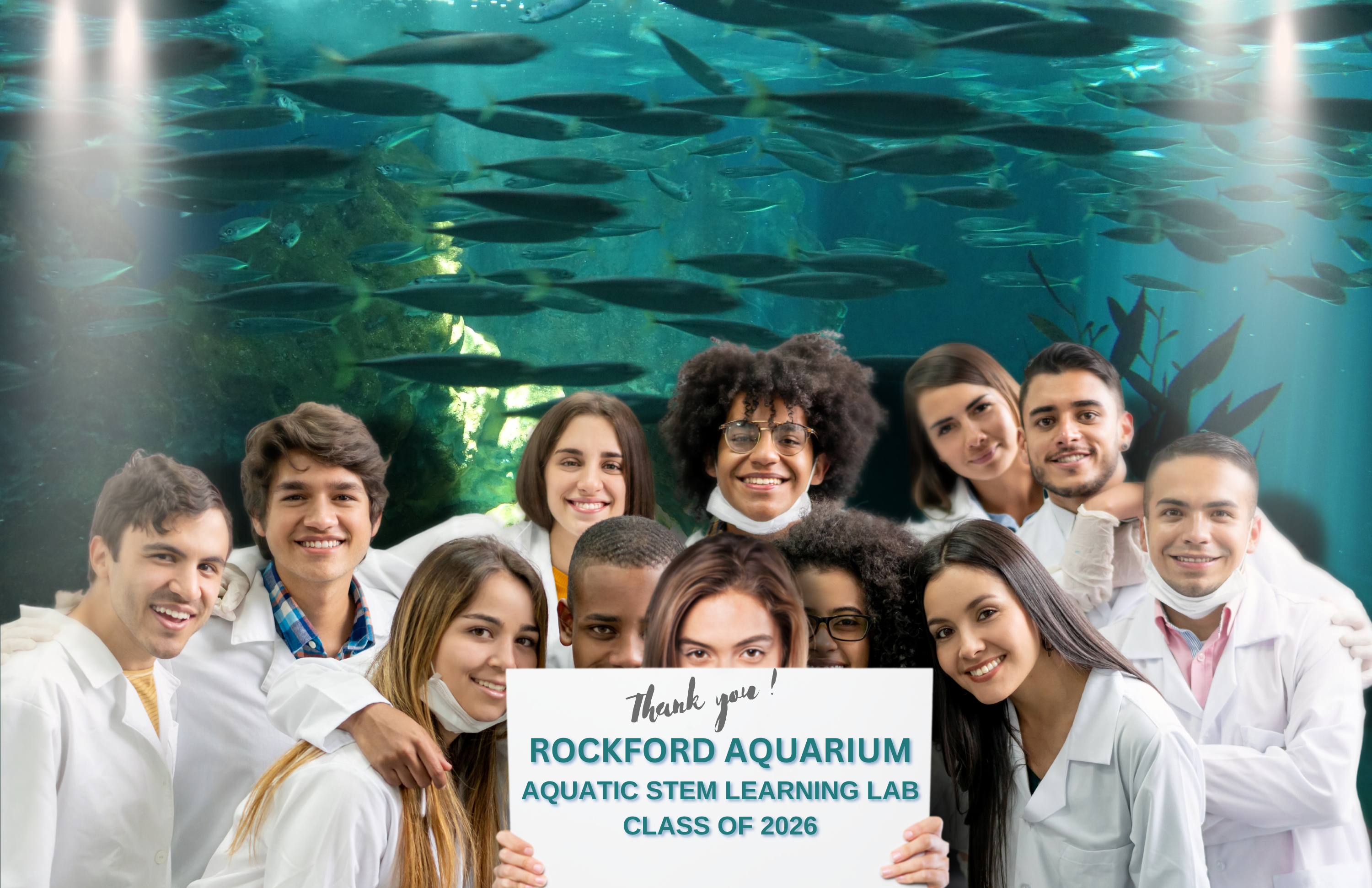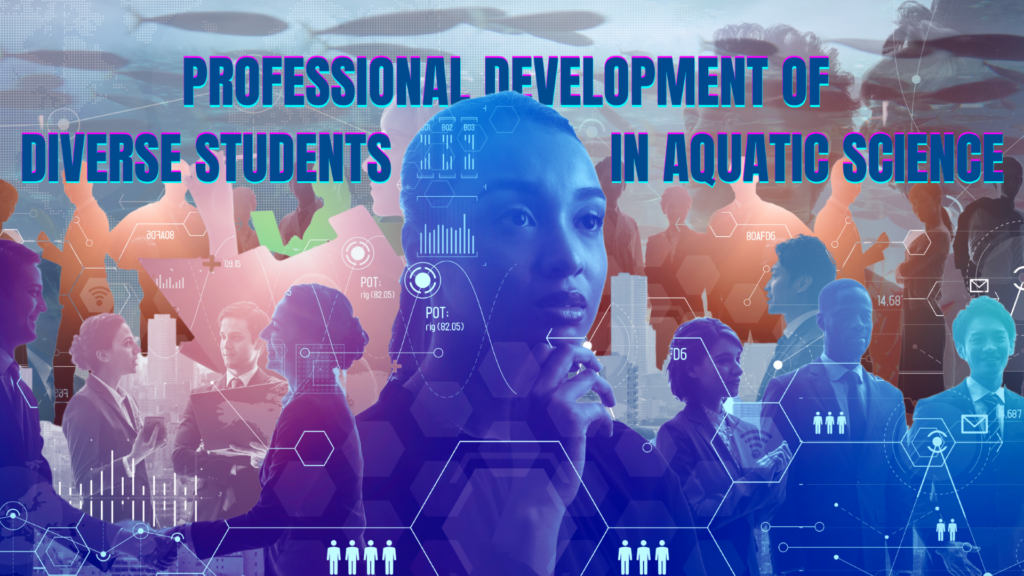

Aquatic STEM learning labs are an innovative approach to teaching science, technology, engineering, and mathematics (STEM) to students who are interested in marine life. The Rockford Aquarium lab will provide hands-on learning experiences for students in an aquatic environment, which allows them to learn about the world around them in a unique way. We will explore the benefits of future of the aquatic STEM learning lab and why STEM Labs are becoming increasingly popular in educational settings.
This new planned Facility in Rockford will provide a unique and engaging learning experience and promote teamwork and collaboration among students, help to promote environmental awareness and conservation. As a result, the Rockford Aquarium Learning Lab will be innovative approach to teaching STEM subjects.
Firstly, aquatic STEM learning labs provide a unique and engaging learning experience for students. Traditional classroom settings can often be tedious and uninspiring, making it challenging for students to remain focused and interested in what they are learning. However, aquatic STEM learning labs allow students to be actively engaged in their learning by providing hands-on experiences in a dynamic and exciting environment. STEM students can observe and interact with aquatic life such as fish, sea turtles, and even sharks, which can spark their curiosity and interest in STEM subjects.
Secondly, an aquatic STEM learning lab will allow students to apply what they have learned in a real-world context. In traditional classroom settings, students may struggle to see the practical application of what they are learning. However, the learning lab can provide students with an opportunity to apply their knowledge in a real-world setting. For example, students can learn about water quality and testing, which is essential in protecting the environment and ensuring the safety of aquatic life. By applying what they have learned, students can see the direct impact of their actions and gain a deeper understanding of the importance of STEM subjects in the world around them.
Thirdly, the aquatic lab will help to promote teamwork and collaboration among students. Working in groups is an essential skill in the workforce, and the aquatic STEM learning lab will provide students with an opportunity to develop and hone these skills. Students can work together to conduct experiments, collect data, and analyze results, which helps them to develop effective communication and problem-solving skills. These skills are essential in both academic and professional settings and can help students to succeed in their future careers.
This can help to promote environmental awareness and conservation. The health of our planet’s oceans and aquatic life is essential to the survival of our planet, and an aquatic STEM learning lab will provide students with an opportunity to learn about the impact of human activity on the environment. By understanding the effects of pollution, climate change, and other environmental factors, students can become more aware of their own impact on the planet and make informed decisions that promote sustainability.

The STEM lab can be used to address the lack of diversity in STEM fields. Women and minorities are underrepresented in STEM careers, and aquatic STEM learning labs can help to address this issue by providing equal access to hands-on STEM experiences for all students. We anticipate that it will also provide an opportunity for students from underprivileged communities to engage in STEM activities that they may not have access to otherwise.
The learning center can be tailored to different age groups and levels of education. For example, younger students can learn about basic scientific concepts such as the water cycle, while older students can conduct more advanced experiments and research projects. This allows for a diverse range of learning experiences that can be customized to meet the needs of individual students.
Another benefit of an aquatic STEM learning lab is that they can be integrated into various subjects such as biology, chemistry, and physics. This interdisciplinary approach to teaching STEM subjects can help students to understand how different fields of aquatic science are interconnected and work together to solve real-world problems.
The Rockford Aquarium’s commitment to supporting the professional development of diverse students in aquatic science with a focus on equity and inclusion is part of our mission and goals.
To further support the development of these students, the aquarium will implement several initiatives.

Mentorship programs will be offered, where students will be connected with professionals in aquatic science for guidance and support.
Internships and research opportunities will be provided to allow students to gain hands-on experience and practical skills.
Networking events or conferences will be hosted, which bring together students and professionals in aquatic science to create opportunities for networking and collaboration.
The aquarium will provide financial support such as scholarships or grants to help students cover expenses associated with education and research. By implementing these initiatives, the Rockford Aquarium will help create a more inclusive and equitable field of aquatic science where everyone has the opportunity to succeed.
The STEM learning lab can also help to develop critical thinking and problem-solving skills among students. In the lab, students will be presented with real-world problems and challenges that require creative and innovative solutions. For example, students can design and test underwater robots, or develop methods for tracking and monitoring aquatic animals. These types of activities require students to think critically, apply their knowledge, and come up with solutions that are both effective and efficient.
Moreover, we anticipate that, the facility will also foster a sense of curiosity and wonder among students. Learning about the vast and complex world of aquatic life can inspire students to ask questions and seek out answers on their own. This can lead to a lifelong love of learning and exploration and can encourage students to pursue careers marine fields.
We foresee that the lab can also be used to promote international collaboration and cultural exchange. The study of aquatic life and the environment is a global issue, and by collaborating with students and educators from other parts of the US, as well as other countries, students will gain a broader understanding of the issues and challenges facing our planet. This type of collaboration and partnership will help to foster cultural awareness and understanding, which is an essential skill in today’s globalized world.




Another important piece of evidence is that aquatic STEM learning labs provide opportunities for students to engage in citizen science initiatives. Citizen science is a collaborative approach to scientific research that involves the participation of non-professional scientists or community members. In aquatic STEM learning labs, students can engage in citizen science initiatives by collecting data on water quality, aquatic biodiversity, and environmental changes. By participating in citizen science, students can contribute to real scientific research and make a positive impact on their local and global communities.
Moreover, the planned lab can help to promote environmental awareness and conservation. By learning about the importance of clean water and healthy aquatic ecosystems, students can develop a greater appreciation for the natural world and become more environmentally conscious. This can lead to a greater interest in sustainability and conservation efforts, both in their personal lives and in their future careers.
Citizen science will help to meet the demands of the rapidly growing aquaculture industry. Aquaculture is the practice of farming aquatic organisms, such as fish, shellfish, and seaweed, for human consumption. As global demand for seafood continues to rise, the aquaculture industry is expected to grow significantly in the coming years. By providing students with hands-on experiences in aquatic STEM learning labs, The Rockford Aquarium will help to prepare the next generation of scientists, researchers, and entrepreneurs for careers in this growing industry including opportunities for citizen science initiatives, environmental awareness and conservation, and preparation for careers in the growing aquaculture industry. By implementing these labs, the institution can provide students with a unique and engaging learning experience that can help to develop critical thinking, problem-solving, and collaboration skills, as well as a lifelong love of learning and exploration.
There are several ways that students can earn college credit through participation in the aquatic STEM learning lab. Working with the regional Illinois State Board of Education and various private schools, we will inaugurate dual enrollment programs, which will allow high school students to take college-level courses and earn college credit while still in high school. Many colleges and universities in the Midwest region offer courses in marine biology, aquatic ecology, and other related fields that may be relevant to aquatic STEM learning lab. By enrolling in these courses and completing the associated coursework and assignments, students can will earn college credit that may be transferable to their future academic pursuits. These students will also earn college credit through internships or research opportunities. Many colleges and universities also offer research opportunities in the field of marine biology and other aquatic sciences, and students can apply for these programs and earn credit for their participation. Some colleges and universities offer internship programs that allow students to work with professionals in the aquatic STEM field and earn credit for their participation.

These institutions offer credit-bearing programs specifically focused on aquatic STEM learning. For example, some colleges and universities offer summer programs or short courses that focus on marine biology, oceanography, or other related topics, and students can earn credit for completing these programs. Additionally, some colleges and universities offer degree programs in aquatic sciences, which may include coursework and laboratory experiences in aquatic STEM learning labs
This new planned Facility in Rockford will provide a unique and engaging learning experience and promote teamwork and collaboration among students, help to promote environmental awareness and conservation. As a result, the Rockford Aquarium Learning Lab will be innovative approach to teaching STEM subjects.
Students can earn college credit through aquatic STEM learning labs is through Advanced Placement (AP) courses. AP courses are college-level courses that are offered to high school students, and students can earn college credit by passing the AP exam at the end of the course. Many high schools offer AP courses in biology, environmental science, and other related fields that may be relevant to aquatic STEM learning labs.
Some educational institutions offer credit for prior learning, which allows students to earn college credit for knowledge and skills that they have gained outside of traditional coursework. For example, students who have participated in aquatic STEM learning labs or other related experiences may be able to earn credit for their participation through credit for prior learning programs.
The Aquarium will reach out to colleges and universities who offer experiential learning credits, which recognize the value of learning through hands-on experiences. Students who have participated in the aquatic STEM learning lab may be able to earn experiential learning credits for their participation, which can count toward their degree requirements.
In general, there are several pathways for students to earn college credit through participation in aquatic STEM learning lab. These opportunities can provide students with valuable academic and professional experiences and can help to prepare them for careers in the growing field of aquatic STEM.
In conclusion, The Rockford Aquarium aquatic STEM learning lab will offer a range of benefits for students, including the development of critical thinking and problem-solving skills, a sense of curiosity and wonder, and opportunities for international collaboration and cultural exchange. While there may be some challenges associated with implementing the lab, the benefits far outweigh the costs. As such, it will be of paramount importance to consider the implementation of the aquatic STEM learning lab as a means of providing students with a unique and engaging learning experience that can help them to succeed in their future academic and professional careers.

